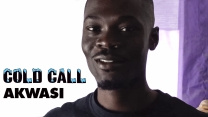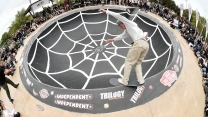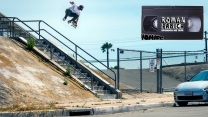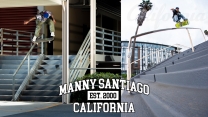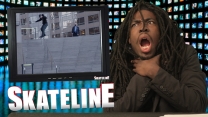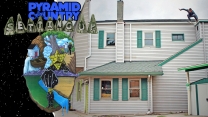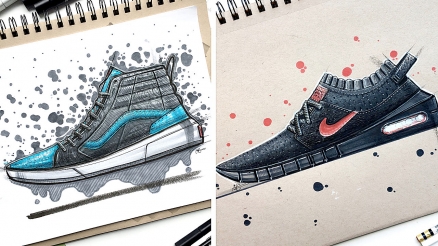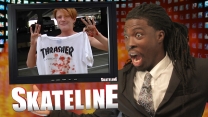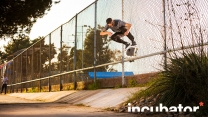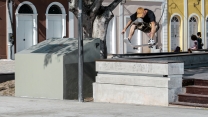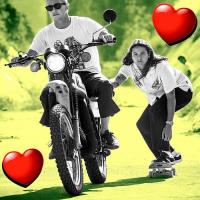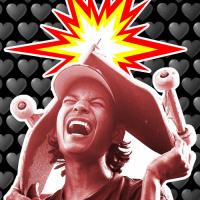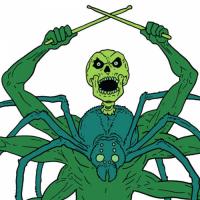Patrick Christian: The Art of Industrial Design
6/16/2021
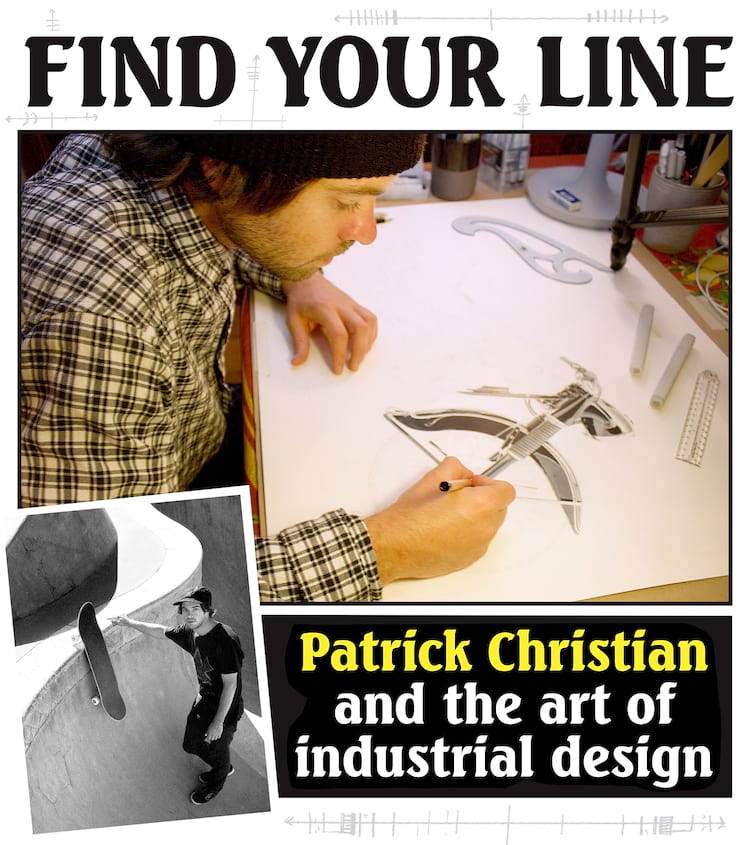
EVER HAVE that friend with an unusual job? You know what they do, but you don’t actually know what the hell they do. Well, Patrick is a long-time Bay Area ripper and friend of the mag who is an accomplished industrial designer. We decided it’s time to find out what the hell he actually does.
Interview by Adam Creagan / Photos by Ian Seager
Can you define industrial design for us?
Everyone thinks that I design factories! I don’t, though. Industrial design is focused on designing products, objects or services for mass production. Industrial designers have to take into account form and aesthetics, the needs of the end user, engineering constraints, costs of manufacturing, sustainability, materials used and functionality of a product. Basically, every product people interact with on a daily basis has been designed by an industrial designer. Some examples are shoes, skateboards, backpacks, cars, smart phones, furniture, pretty much everything. Industrial designers wear a lot of hats.
Growing up, did you lean toward technical and precise drawing? The precision required almost seems obsessive compulsive, in a good way.
Yeah. Shout out to everyone who has OCD. Industrial design and my artwork has been a productive way for me to channel that over the years. I think a lot of skaters have OCD and use it to their advantage in skating and art, which is cool. I was drawn to technical art as a kid. MC Escher and his optical illusions have inspired me a lot. I wanted to take that idea of artistic precision and apply it to industrial design style artwork.
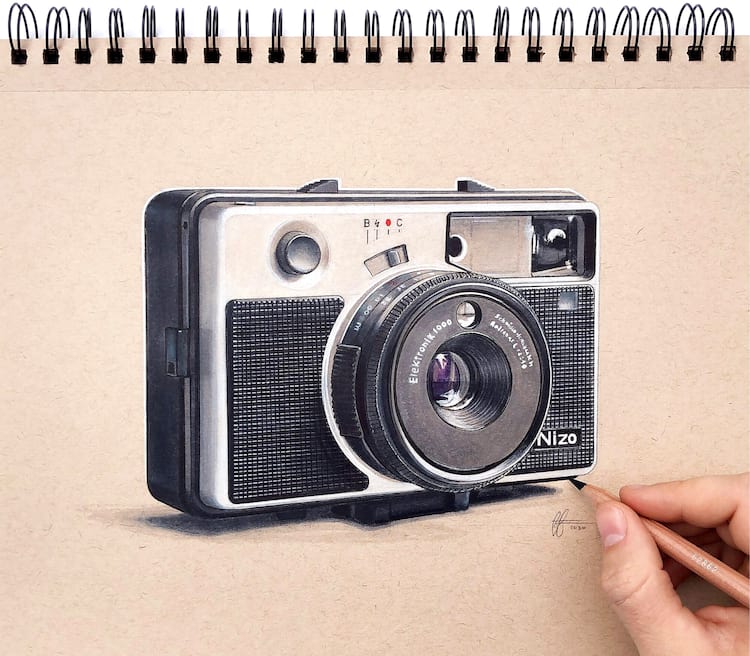
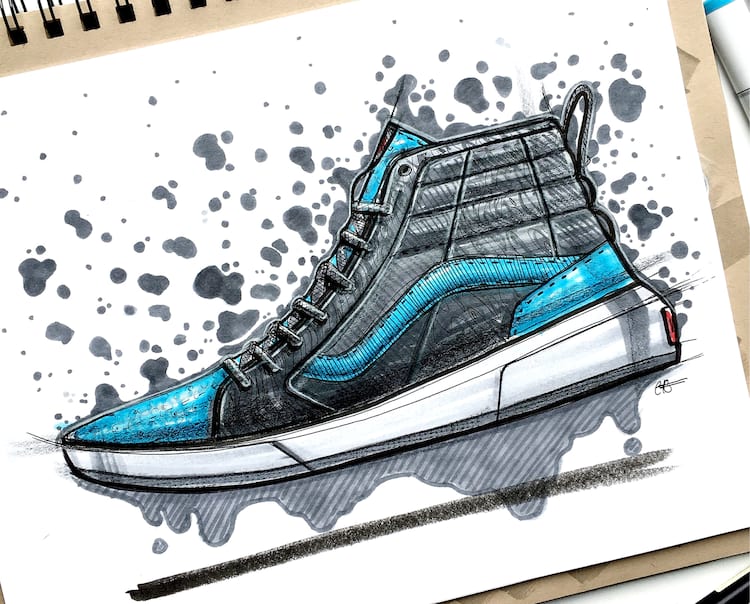
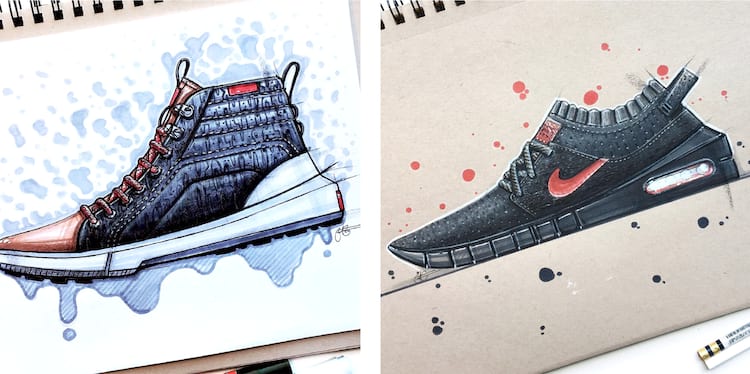
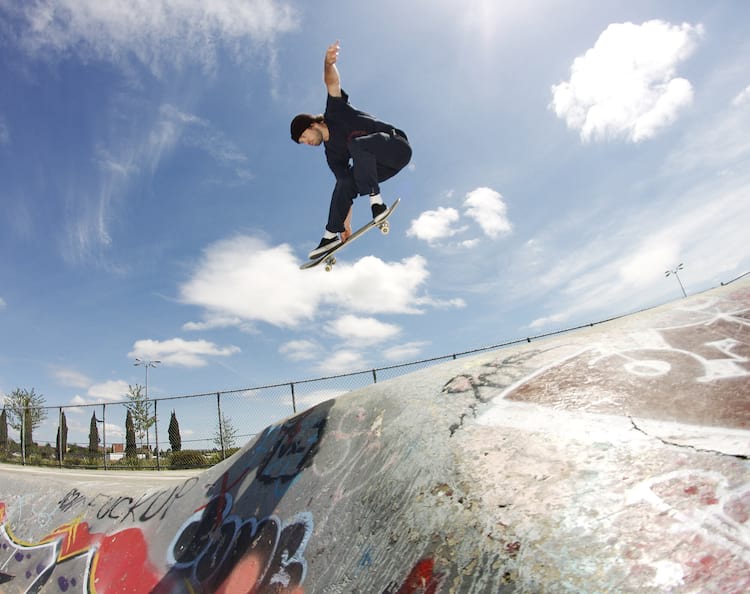 Patrick lines up a melon in Petaluma, CA
Patrick lines up a melon in Petaluma, CA
Interview by Adam Creagan / Photos by Ian Seager
Can you define industrial design for us?
Everyone thinks that I design factories! I don’t, though. Industrial design is focused on designing products, objects or services for mass production. Industrial designers have to take into account form and aesthetics, the needs of the end user, engineering constraints, costs of manufacturing, sustainability, materials used and functionality of a product. Basically, every product people interact with on a daily basis has been designed by an industrial designer. Some examples are shoes, skateboards, backpacks, cars, smart phones, furniture, pretty much everything. Industrial designers wear a lot of hats.
Growing up, did you lean toward technical and precise drawing? The precision required almost seems obsessive compulsive, in a good way.
Yeah. Shout out to everyone who has OCD. Industrial design and my artwork has been a productive way for me to channel that over the years. I think a lot of skaters have OCD and use it to their advantage in skating and art, which is cool. I was drawn to technical art as a kid. MC Escher and his optical illusions have inspired me a lot. I wanted to take that idea of artistic precision and apply it to industrial design style artwork.



 Patrick lines up a melon in Petaluma, CA
Patrick lines up a melon in Petaluma, CADo you aim for photorealism in your industrial design, or do you try to keep a bit of hand-drawn aesthetic?
I aim for a sort of industrial design style of photorealism. But when I’m designing a product I tend to stay loose with my sketching. Sketching is one of the best tools to have to create a bunch of ideas throughout the design process. I use quick sketching to communicate ideas during initial research and all the way to final product samples from vendors.
Can you describe why hand-drawn industrial design has a different effect on the viewer as opposed to strictly computer-aided design?
It has that human quality to it. Everything is digital these days and I think until we’re all cyborgs, humans will subconsciously connect to a hand-drawn sketch more than a digital one.
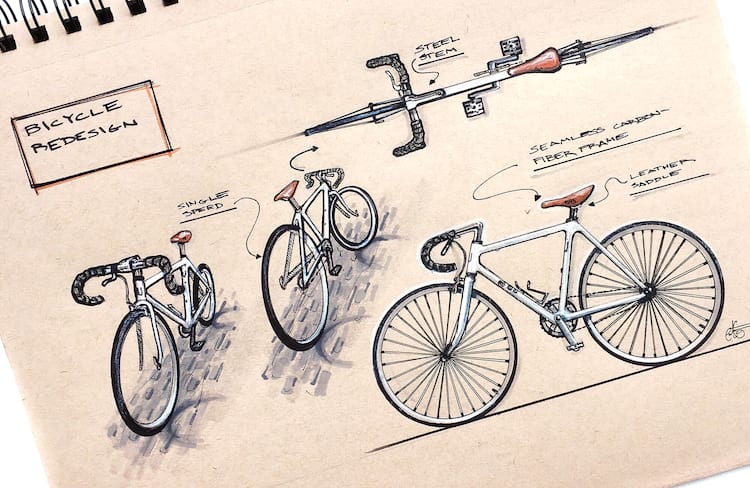
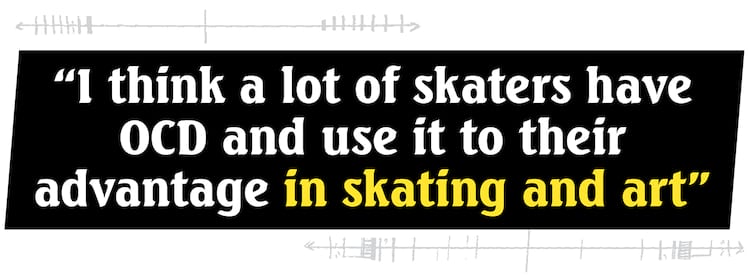
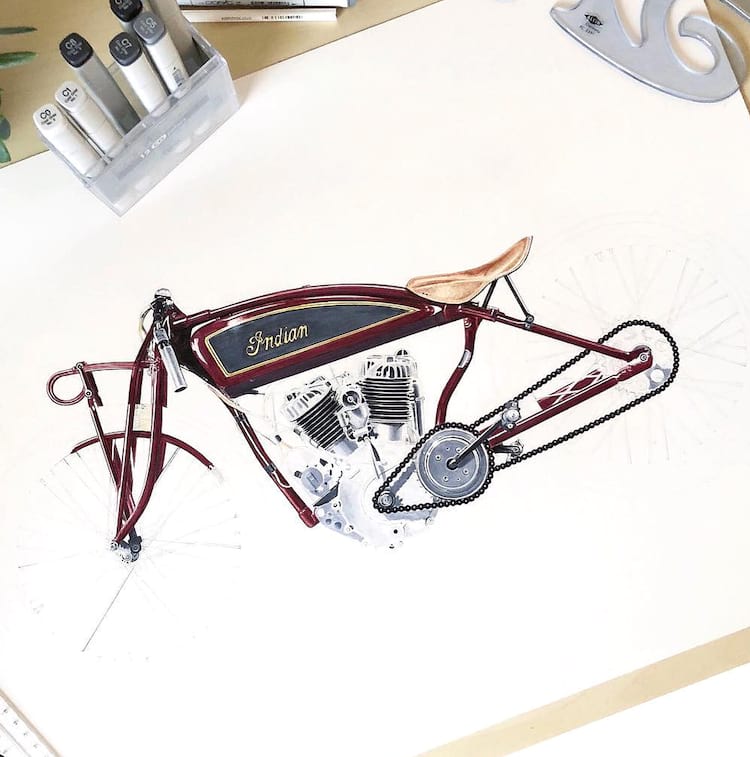
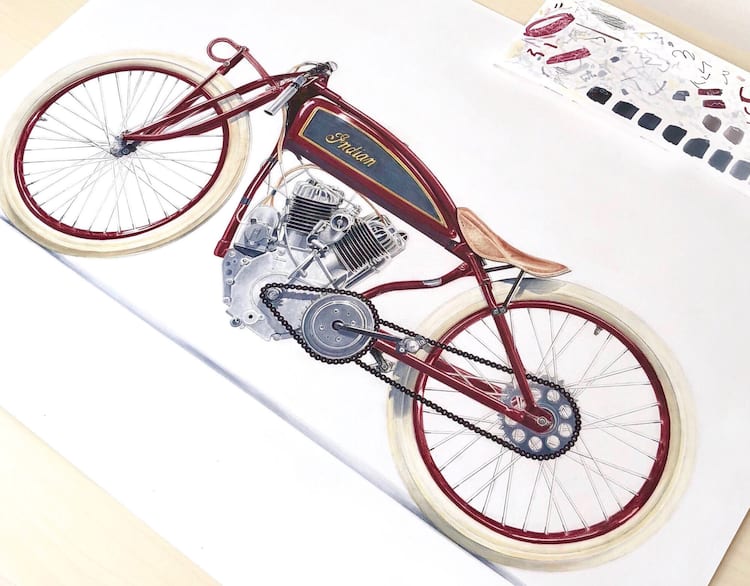
Can you summarize, start to finish, the process of how a product is initiated with a drawing of yours and then becomes a physical item?
A client will reach out with a request for me to design something, generally to improve on an existing product. I won’t be reinventing the wheel, but I’ll be making it a little better. I’ll do research into competitor products and what’s already on the market. I try to find areas of opportunity to improve on the product and think of clever design alternatives. I’ll look for inspiration from all sorts of things, from nature, art, other designs, people, different cultures. I’ll sketch a ton of ideas. At any point, physical mock-ups or 3D printed prototypes are made to help understand the product in physical reality and weed out ideas that look good on paper but suck to use in real life. Then we’ll pick a final design and create it with a CAD program on the computer—first as an aesthetic form of the outer skin of the product and then the inside skeleton, working with an engineer who designs the CAD to be manufactured. The whole design process starts with creative right-brain thinking and ends up at methodical left-brain thinking. Once this is done, we send the CAD file over to a manufacturer who will produce prototype samples of the design. We get these samples and sketch ideas to improve issues that might show up. After this is done a few times, the latest manufactured parts will be approved for production and that’s when the product gets pumped out at a mass volume and the product goes to market.
Let’s say Venture came to you for a new truck design. What would be your approach?
I’d follow close to my previous explanation, but the needs of skaters and Venture would be taken into consideration. I would see if there are any recurring issues with trucks breaking and if the customer reviews of their trucks had consistent issues. I’d talk to other skaters and get their feedback, then I would sketch ideas based on ways to improve this. I’d work with skaters and engineers to create truck prototypes to see if a different design could resolve the issues we’re aiming to improve. The end goal would be to improve the functionality of the truck, and usually that means the aesthetics of the product change as well. Industrial designers aren’t doing their job right if they’re only making something look pretty—it’s also got to work better.
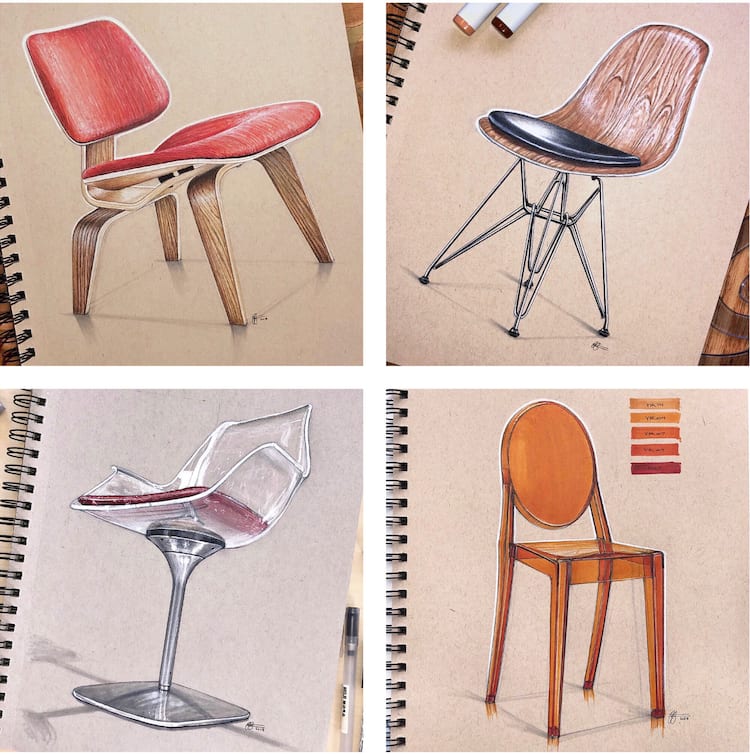
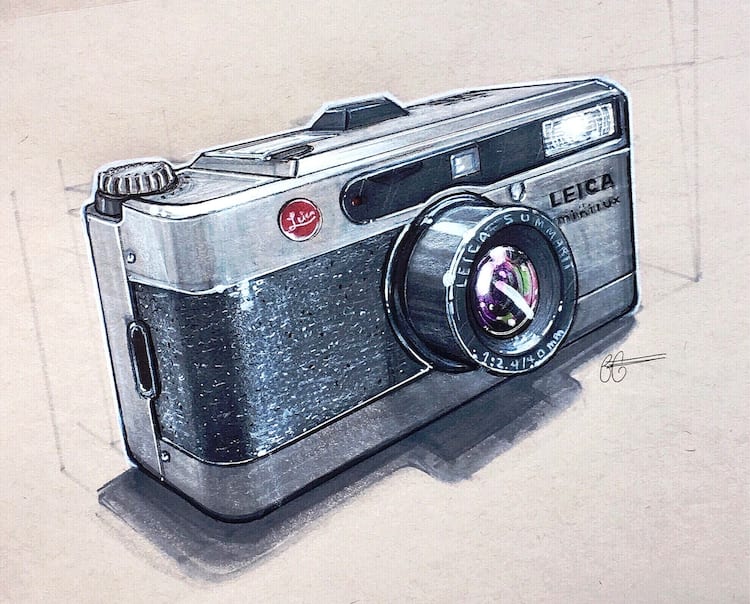
How do you prepare for the daunting task of starting a round of drawing, knowing that it will take many hours to complete?
It usually comes down to tricking myself into starting. I’ll set up my camera to film a time lapse or I’ll get all of my pens and pencils lined up. There are rituals to run though before I mentally commit to it. It’s a lot like skating in that way. The hardest part of any project is starting it. Once I start something I usually don’t stop until it’s finished.
Do you ever find yourself in a creative rut? If so, how do you stay motivated to dig yourself out?
All the time. Creativity is its own mental illness. If you stop creating you feel like shit and if you’re forced to do too much creative stuff you feel like shit. Stepping away from my work usually helps—going skating, hiking, hanging out with friends, remembering what brings me value in life. If none of that works then I’ll accept that it isn’t happening that day and that it will happen when it naturally should. Forcing creativity isn’t healthy.
Is it difficult to pour effort into creating dozens of design iterations that you know will never get made, or is that just part of the job?
Yeah, it’s an easy way to become cynical and burn out. It has taken awhile for me to stop putting my self worth in all of my work. You can’t take it personally if a design gets killed off. It is part of the job that most designs don’t make it. Reframing the experience in a positive context helps. Even a design that doesn’t make it can be useful for something else in the future and it teaches me what to do differently next time.
On your personal time, do you ever let loose for fun and draw purely abstract stuff?
Not as often as I’d like. It’s something I plan to do more of in the future.
How has being a skater informed your work?
I realized that I could take the creative outlook I love about skating and apply that way of thinking to make a living and influence the physical world around me. Being a skater has also helped me with having a unique viewpoint. Most skaters look at the world in a different way than the average person.
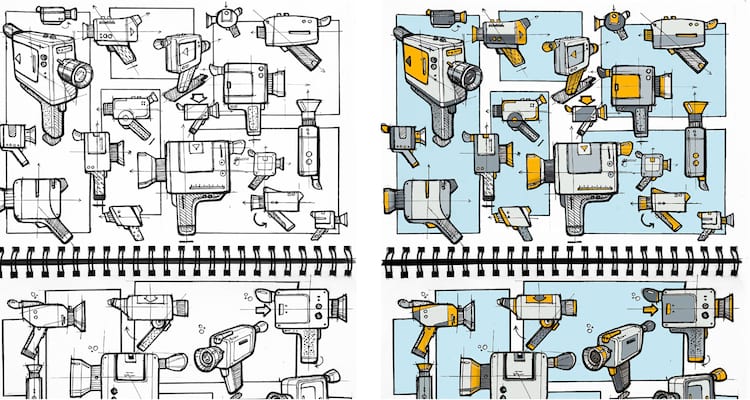
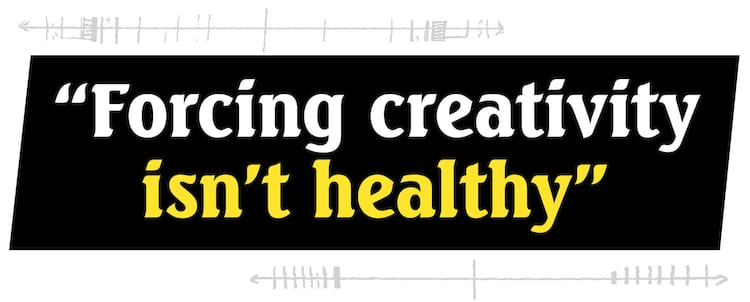
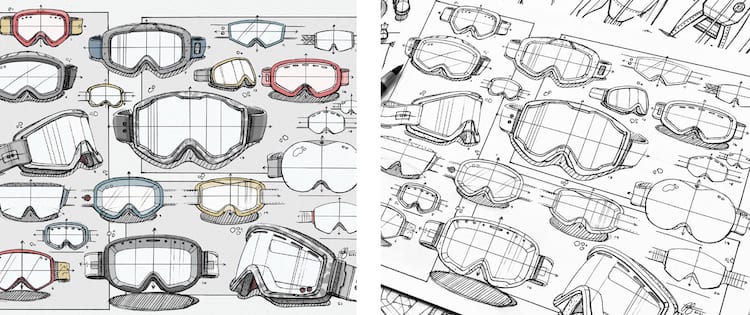
When you create a bunch of somewhat similar iterations of one product, do you have a hunch which one will get approved?
Sometimes it’s the first concept I sketched. I’ll do other design iterations just to exhaust all possibilities and we sometimes end up going back to the first design. Other times, I’m surprised by the design that gets picked and it ends up being a better choice than the one I thought would be best. If the design is chosen objectively and not subjectively then I don’t have a problem with it.
We don’t want to get you in trouble, but do you ever draw some kind of crappy versions of a product in order to contrast and spotlight the one you think is best?
That’s kind of like throwing a pressure flip into a line just to make your tré flip look better by comparison. I try to be a neutral party and make all the sketched concepts the same quality. But there’s always going to be some ugly ducklings.
What’s been the most satisfying product you’ve designed and seen to completion?
I’m stoked on the products I’m working on now. I’ve been working with a company designing workout and fitness-related products that are aimed at improving a person’s ability to be better at the sport they’re passionate about. If you skate, surf, rock climb, bike, whatever the sport it is, these products are designed to help you do that sport better and longer.
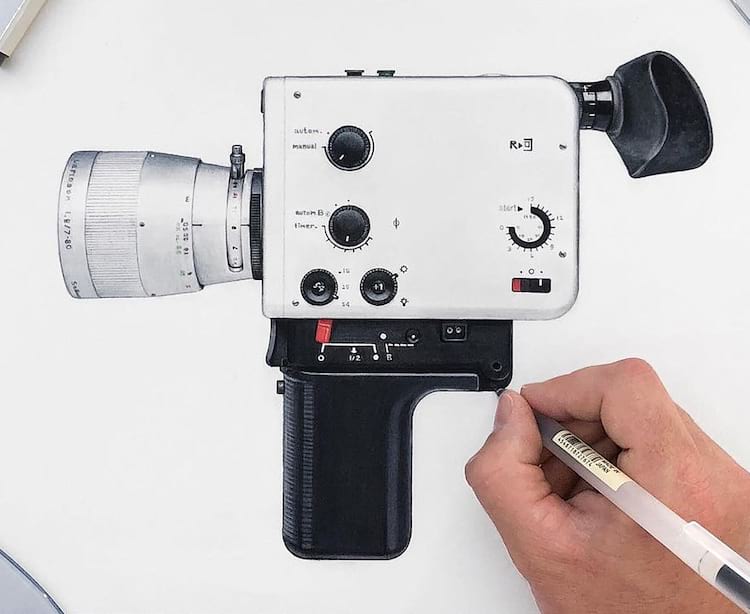
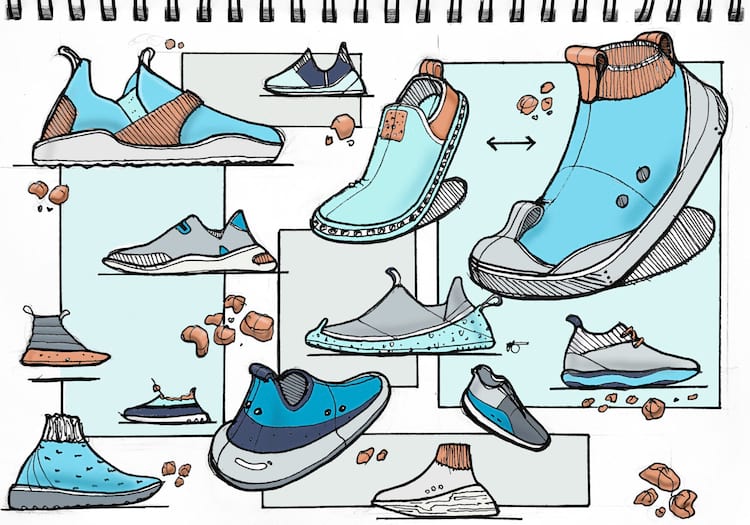
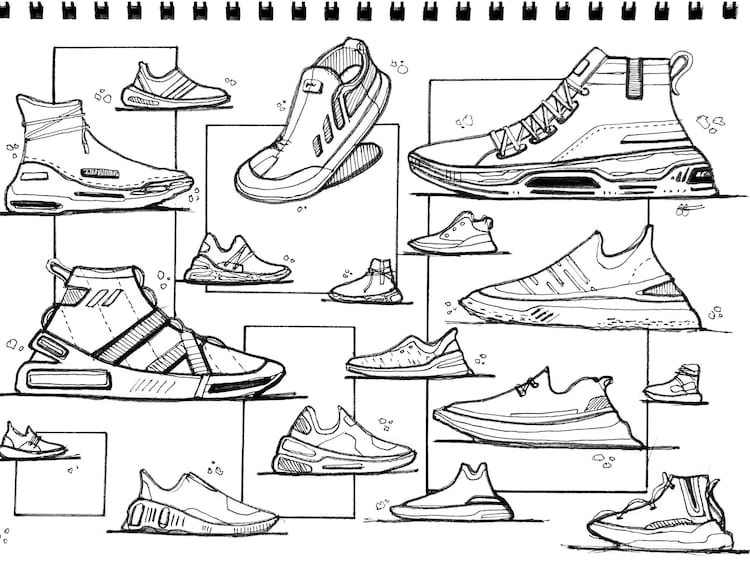
I realized that I could take the creative outlook I love about skating and apply that way of thinking to make a living and influence the physical world around me. Being a skater has also helped me with having a unique viewpoint. Most skaters look at the world in a different way than the average person.



When you create a bunch of somewhat similar iterations of one product, do you have a hunch which one will get approved?
Sometimes it’s the first concept I sketched. I’ll do other design iterations just to exhaust all possibilities and we sometimes end up going back to the first design. Other times, I’m surprised by the design that gets picked and it ends up being a better choice than the one I thought would be best. If the design is chosen objectively and not subjectively then I don’t have a problem with it.
We don’t want to get you in trouble, but do you ever draw some kind of crappy versions of a product in order to contrast and spotlight the one you think is best?
That’s kind of like throwing a pressure flip into a line just to make your tré flip look better by comparison. I try to be a neutral party and make all the sketched concepts the same quality. But there’s always going to be some ugly ducklings.
What’s been the most satisfying product you’ve designed and seen to completion?
I’m stoked on the products I’m working on now. I’ve been working with a company designing workout and fitness-related products that are aimed at improving a person’s ability to be better at the sport they’re passionate about. If you skate, surf, rock climb, bike, whatever the sport it is, these products are designed to help you do that sport better and longer.



What’s your skate history?
I’ve been skating since I was ten years old. My junior high was next to the Petaluma skatepark and I got introduced to some gnarly skating. Anyone who has tried skating Petaluma skatepark knows how hard it is and how much creativity it takes to make it work. I met most of my best friends through skating and also have had some bad injuries from it, the worst being a brain injury 11 years ago. Skating and the culture around it have taught me so much, though.
Who are your top five favorite skaters?
There are so many, but I’d have to say Gonz, Rieder, Hsu, McCrank and Reynolds.


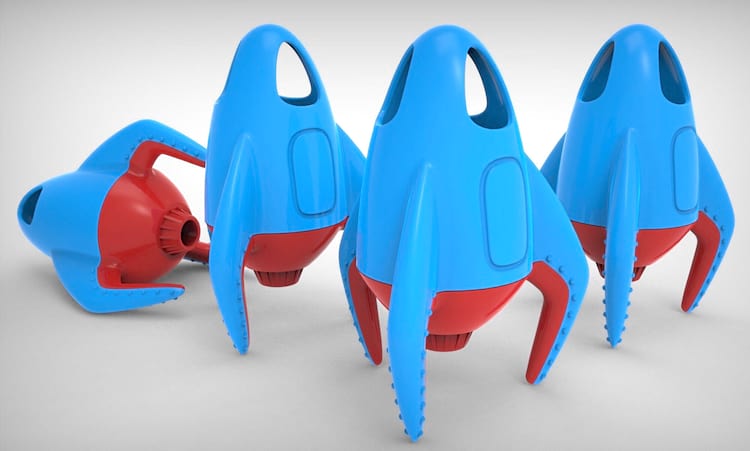
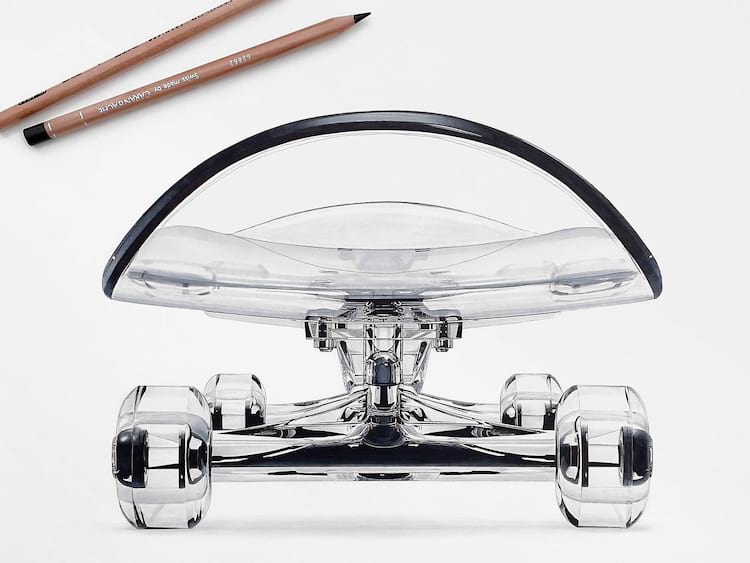 Yes, this is a drawing
Yes, this is a drawing
What’s with the glass skateboard?
I’m super into drawing glass, either sketching existing glass products or sketching iconic designs while turning them into glass. I wanted to take the skateboard—an object that withstands so much abuse—but represent it in a way that feels fragile and beautiful. I was trying to mirror what skateboarding has shown me about how delicate existence is while revealing a unique way to see the world.
Any parting wisdom or advice?
If you’re interested in pursuing a career in industrial design or have any questions, message me on Instagram and I’ll do my best to help out. As far as advice goes, drink a lot of water first thing in the morning and be yourself because we’re all the same.
Check out more of Patrick's work here.
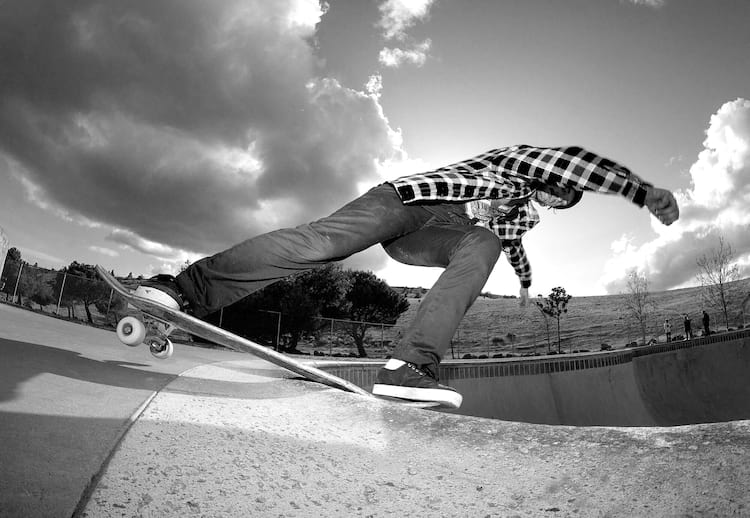
I’ve been skating since I was ten years old. My junior high was next to the Petaluma skatepark and I got introduced to some gnarly skating. Anyone who has tried skating Petaluma skatepark knows how hard it is and how much creativity it takes to make it work. I met most of my best friends through skating and also have had some bad injuries from it, the worst being a brain injury 11 years ago. Skating and the culture around it have taught me so much, though.
Who are your top five favorite skaters?
There are so many, but I’d have to say Gonz, Rieder, Hsu, McCrank and Reynolds.



 Yes, this is a drawing
Yes, this is a drawingWhat’s with the glass skateboard?
I’m super into drawing glass, either sketching existing glass products or sketching iconic designs while turning them into glass. I wanted to take the skateboard—an object that withstands so much abuse—but represent it in a way that feels fragile and beautiful. I was trying to mirror what skateboarding has shown me about how delicate existence is while revealing a unique way to see the world.
Any parting wisdom or advice?
If you’re interested in pursuing a career in industrial design or have any questions, message me on Instagram and I’ll do my best to help out. As far as advice goes, drink a lot of water first thing in the morning and be yourself because we’re all the same.
Check out more of Patrick's work here.

Well designed rock 'n' roll
-
Thrasher Valentine's Day Cards 2025
These Valentine's Day cards contain love, romance, and mediocre Photoshop skills! The cards do NOT contain any advance notice or permission from the skaters featured. -
Thrasher Valentine's Day Cards 2024
When it comes to Valentine's Day, are you cynical? Jaded? Pessimistic? Then don't click here! These V-Day cards are for true lovers only. -
SOTY Party 2023 Photos
Once the decision is made, the only thing left is one big ol’ bash in The City to cap the year off right. Karl Watson came through for the official handoff along with a host of A-listers from Primitive, adidas and our home turf. Couldn’t get in the door? Catch it all here. -
Thrasher Valentine's Day Cards 2023
If you don't have a gift for Valentine's Day, you can always send your loved one (or your sworn enemy) one of these shoddy Photoshop cards. -
James Callahan: A Bounty of Barf
James “Barf” Callahan is one of the most prolific illustrators alive today. He published a coffee-table book, "Barf Skate," which features his skate-related art. Join us as we dive into the brain of a wizard.
